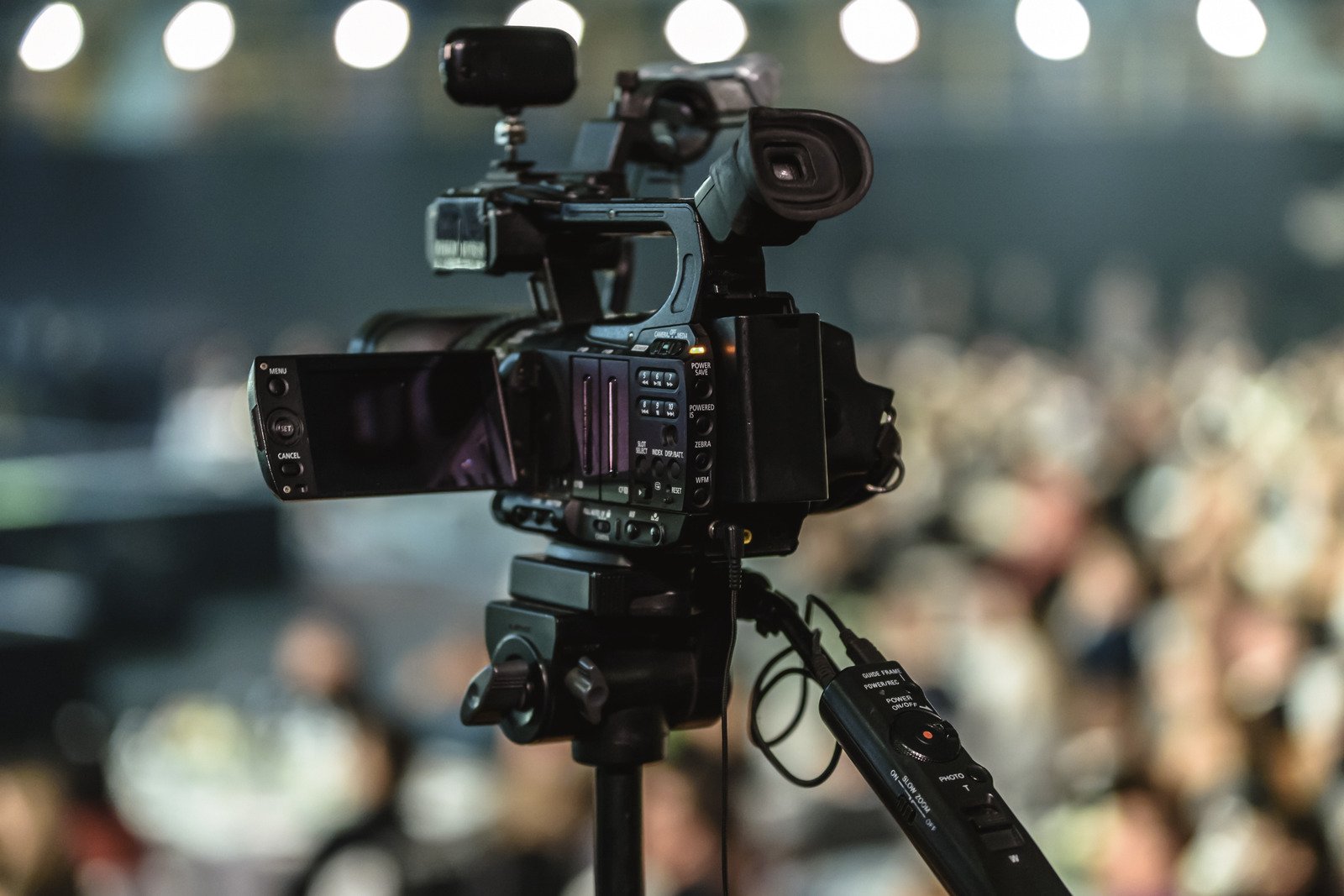In a world where we check our phones before we brush our teeth and scroll social media until we fall asleep, it’s no surprise that many of us feel constantly plugged in—yet strangely disconnected. Our devices keep us informed, entertained, and connected, but they also contribute to anxiety, distraction, and even burnout.
That’s where a digital detox comes in. It’s not about ditching technology forever—it’s about hitting pause, resetting boundaries, and re-engaging with life beyond the screen.
Whether you’re feeling overwhelmed or just curious about how to step back from the digital noise, here’s how to unplug—and why it can make a real difference.
Why a Digital Detox Matters
Our digital lives are full of pings, dings, and endless scrolling. The average person spends over 7 hours per day on screens, and much of that time is unintentional—lost in the infinite loops of news feeds, emails, and notifications.
While tech has its perks, too much of it can lead to:
- Mental fatigue and burnout
- Decreased attention span
- Poor sleep quality
- Strained relationships
- Reduced productivity
- Higher stress and anxiety levels
Taking a break from digital devices allows your brain to reset, your relationships to deepen, and your daily life to regain clarity and focus.
Signs You Might Need a Digital Detox
Not sure if you’re due for a break? Here are a few common signs:
- You feel anxious when you’re without your phone.
- You check your device constantly, even when there are no notifications.
- You scroll mindlessly and lose track of time.
- You struggle to be present during conversations.
- You feel mentally drained after screen time.
If any of these resonate, a digital detox could be exactly what you need.
How to Do a Digital Detox (Without Going Off the Grid)
You don’t need to toss your phone in the ocean to unplug. A digital detox can be flexible, realistic, and even fun—here’s how to get started:
1. Set Clear Goals
Ask yourself: Why do you want a digital detox? Whether it’s to reduce stress, reconnect with loved ones, sleep better, or be more productive, identifying your “why” will keep you motivated.
Try this: Write down your top 1–3 goals for your detox and keep them visible.
2. Define Your Detox Rules
Your detox doesn’t have to be all-or-nothing. You can choose:
- A full day without screens
- No phone after 8 p.m.
- Social media-free weekends
- Email-free evenings
- One unplugged hour per morning
Try this: Start small. Try a 24-hour phone break, then increase it as you feel more comfortable.
3. Turn Off Notifications
That buzz or ding might seem harmless, but it constantly pulls your attention. Turn off non-essential notifications—especially from social media, games, and email.
Try this: Leave only call or text alerts on (or turn your phone to Do Not Disturb mode during certain hours).
4. Create Tech-Free Zones
Designate areas in your home where devices are off-limits—like the dining table, bedroom, or bathroom.
Try this: Invest in a charging station and leave your phone out of the bedroom at night for better sleep and more mindful mornings.
5. Replace Screen Time with Meaningful Activities
The goal isn’t to sit in silence—it’s to rediscover what brings you joy offline.
Try this:
- Read a book
- Go for a walk
- Cook a new recipe
- Journal or sketch
- Meet a friend for coffee
- Try a new hobby
These moments help retrain your brain to find fulfillment outside the digital world.
6. Reconnect With People—In Person
Use your detox as a chance to strengthen real-life connections. Plan quality time with family or friends—without screens involved.
Try this: Have a no-phones dinner, play a board game, or go on a tech-free hike with a loved one.
7. Reflect and Repeat
After your detox, take a few minutes to reflect. How do you feel? What was easier than expected? What will you carry forward?
Digital detoxes work best when practiced regularly. Think of it as maintenance for your mind.
Try this: Build in a weekly or monthly detox session—a day, an afternoon, or even just an hour to disconnect.
What Happens When You Unplug
Many people report powerful benefits from just a short detox:
- Improved focus and creativity
- Deeper relationships
- Reduced anxiety
- More restful sleep
- Increased productivity
- Greater appreciation for the present moment
Most importantly, a detox reminds us that we control our tech—not the other way around.
You Don’t Have to Quit Tech—Just Rethink It
Let’s be real: technology is a big part of modern life. It’s how we work, communicate, and even relax. The goal of a digital detox isn’t to cut out tech forever—it’s to build a healthier relationship with it.
By setting boundaries, unplugging regularly, and choosing mindful habits, you can enjoy the benefits of tech without letting it take over your time, your energy, or your peace of mind.
Final Thoughts
Taking time to unplug might feel uncomfortable at first—but it’s often in the quiet moments that we reconnect with what matters most. Whether it’s a walk without your phone, a meal shared without distraction, or just reading a book instead of your feed, every small choice adds up.
So take a breath, power down, and tune back in—to real life.





